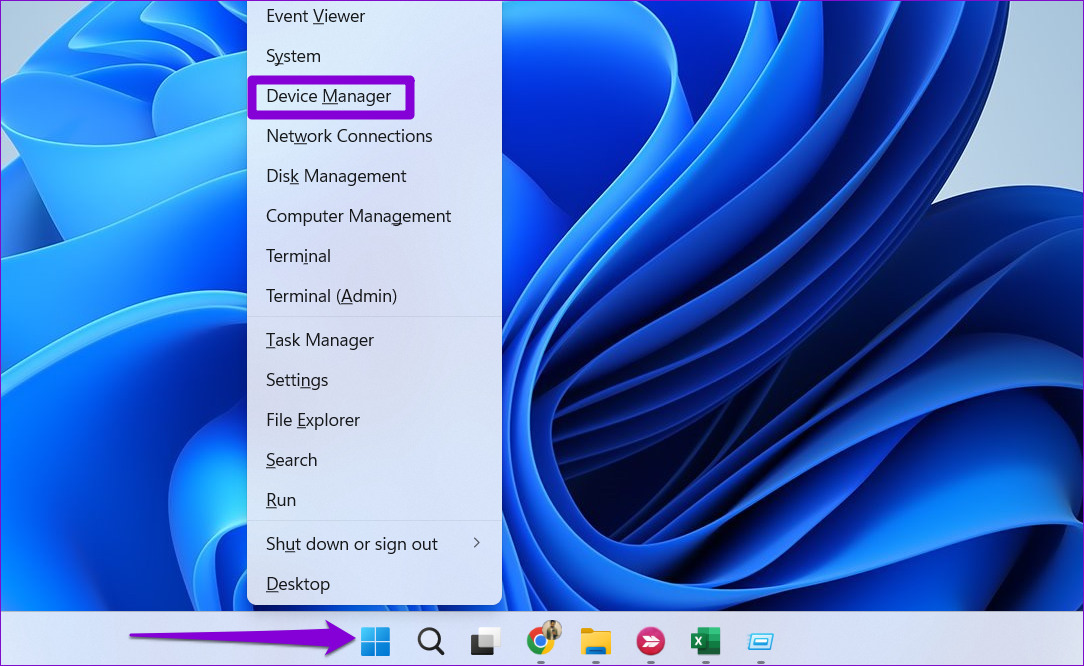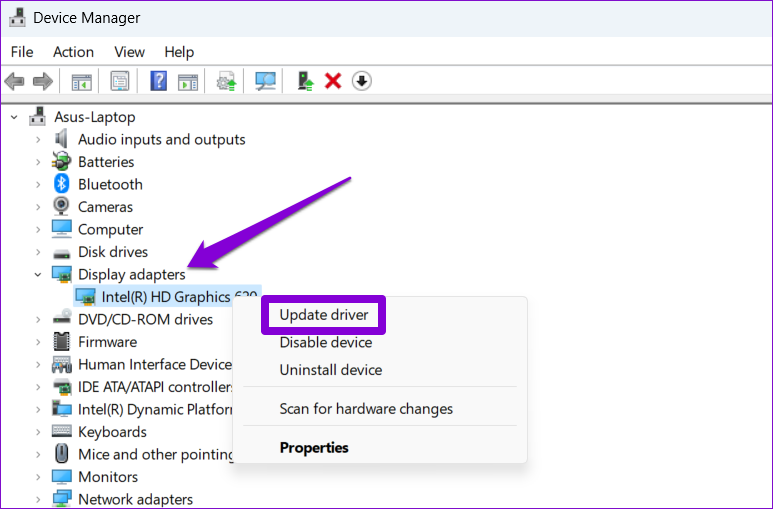Such interruptions with Steam will not keep you from playing your favorite games. This post will walk you through all the possible solutions to fix Steam crashes on Windows 11. So, let’s take a look.
1. Remove External Devices
Interference from external devices connected to your system, such as controllers, headphones, speakers, and more, could cause the Steam app to crash repeatedly on Windows. You’ll need to remove all the external devices and see if that gets Steam to function smoothly.
If this solves your problem, you can reconnect your devices one at a time to identify the one causing the issue.
2. End Steam Processes Using Task Manager
Issues with the Steam app processes running in the background could also cause the app to crash on your Windows 11 PC. You can terminate the Steam-related processes using Task Manager and restart the app to check if that resolves the issue. Press Ctrl + Shift + Esc shortcut to open the Task Manager. On the Processes tab, right-click on Steam under Apps group and select End task.
Reopen the Steam app check if the problem persists.
3. Run Steam as an Administrator
The Steam app may crash while performing certain tasks without permission to access system files and resources. To avoid such issues, you can launch Steam with administrator rights. Step 1: Right-click on the Steam shortcut on your computer’s desktop and select Run as administrator from the context menu.
Step 2: Select Yes when the User Account Control prompt appears.
If this gets Steam to work properly, you can configure it to always run as administrator. For that, select the Steam app shortcut and press Alt + Enter shortcut to open its Properties. When the Steam Properties windows open, head to the Compatibility tab. Then, tick the ‘Run this program as an administrator’ checkbox and hit Apply.
4. Delete the ClientRegistry.blob File
The ClientRegistry.blob file on your PC stores the registration data for all the games installed through Steam. If this file becomes inaccessible or corrupt, the Steam app may freeze or crash when installing games. Deleting the ClientRegistry.blob file will force the Steam app to recreate it on your computer and resolve any issues with it. Step 1: Close the Steam app on your computer. Step 2: Press the Windows key + E shortcut to open File Explorer and navigate to the folder where you have installed Steam. It’s typically in: Step 3: Locate and select the ClientRegsitry.blob file and click the Trash icon at the top to delete it.
5. Verify the Integrity of Game Files
If Steam only crashes when you open a specific game, it’s likely that some of the files associated with that game are corrupt or missing from your computer. Fortunately, Steam includes an option that can help you verify the integrity of the game files and fix issues with them. Here’s how to access it. Step 1: In the Steam app, navigate to the Library menu. Right-click on the problematic game and select Properties.
Step 2: Select Local Files from the left sidebar and click the ‘Verify integrity of game files’ button.
Allow Steam to repair any issues with the game files and then check if the app still crashes after that.
6. Clear Steam App Cache
Overwhelming cache data is another possible cause for the Steam app not working issue on Windows. If that’s the case, getting rid of the existing Steam app cache will help. Step 1: Press the Windows key + R shortcut to open the Run dialog box. Type C:\Program Files (x86)\Steam in the box and press Enter.
Step 2: Select the appcache folder and click the trash icon at the top to delete it.
7. Whitelist Steam in Your Antivirus Program
An overly-protective antivirus program can also interfere with the Steam client and lead to such problems. To check for this possibility, you can temporarily disable your antivirus program and then try to use the Steam app again. If this solves your problem, you will need to dig through your antivirus program’s settings and whitelist the Steam app from there.
8. Update Graphics Drivers
Another possible reason why Steam may experience problems is if your PC’s graphics driver is outdated or malfunctioning. Here’s what you can do to fix it. Step 1: Right-click on the Start icon and select Device Manager from the list.
Step 2: Double-click on Display adapters to expand it. Right-click on your driver and select Update driver.
Follow the on-screen prompts to finish updating the driver. After that, try to use Steam again.
9. Leave Steam Beta Program
While participating in Steam’s beta program gives you early access to new and upcoming features, it can also make the app unstable at times. It’s best to leave Steam’s beta program if you want to steer clear of any issues. To leave Steam’s beta program: Step 1: Click the Steam menu at the top-left corner and select Settings.
Step 2: In the Account tab, click the Change button under Beta participation.
Step 3: Click the drop-down menu to select ‘NONE – Opt out of all beta programs’ option and then click OK.
10. Reinstall the Steam App
If all else fails, you can consider uninstalling and reinstalling the Steam client on your PC as a last resort. Here are the steps for the same. Step 1: Right-click on the Start icon and select Installed apps from the list.
Step 2: Locate the Steam app on the list, click the three horizontal dots menu icon next to it, and select Uninstall.
Step 3: Select Uninstall to confirm.
After removing that, download and install the Steam app again. Following this, it will work smoothly.
Level Up Your Gaming Experience With Steam
Steam may be the biggest name in PC gaming, but it is not without flaws. Occasionally, the Steam app might crash unexpectedly due to various reasons and spoil your mood. Hopefully, that is no longer the case, and one of the solutions listed above has helped you resolve the issue for good. The above article may contain affiliate links which help support Guiding Tech. However, it does not affect our editorial integrity. The content remains unbiased and authentic.




























